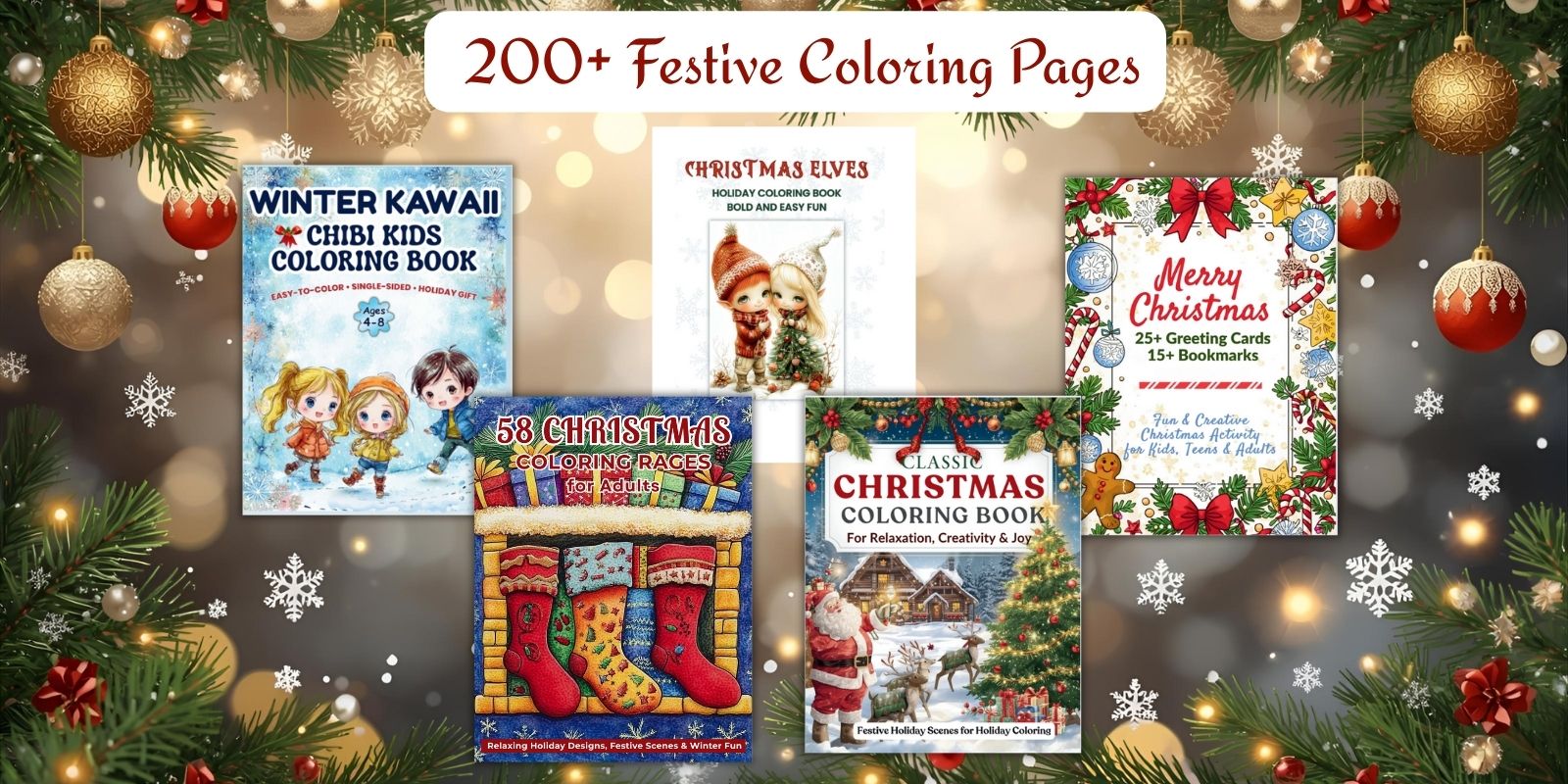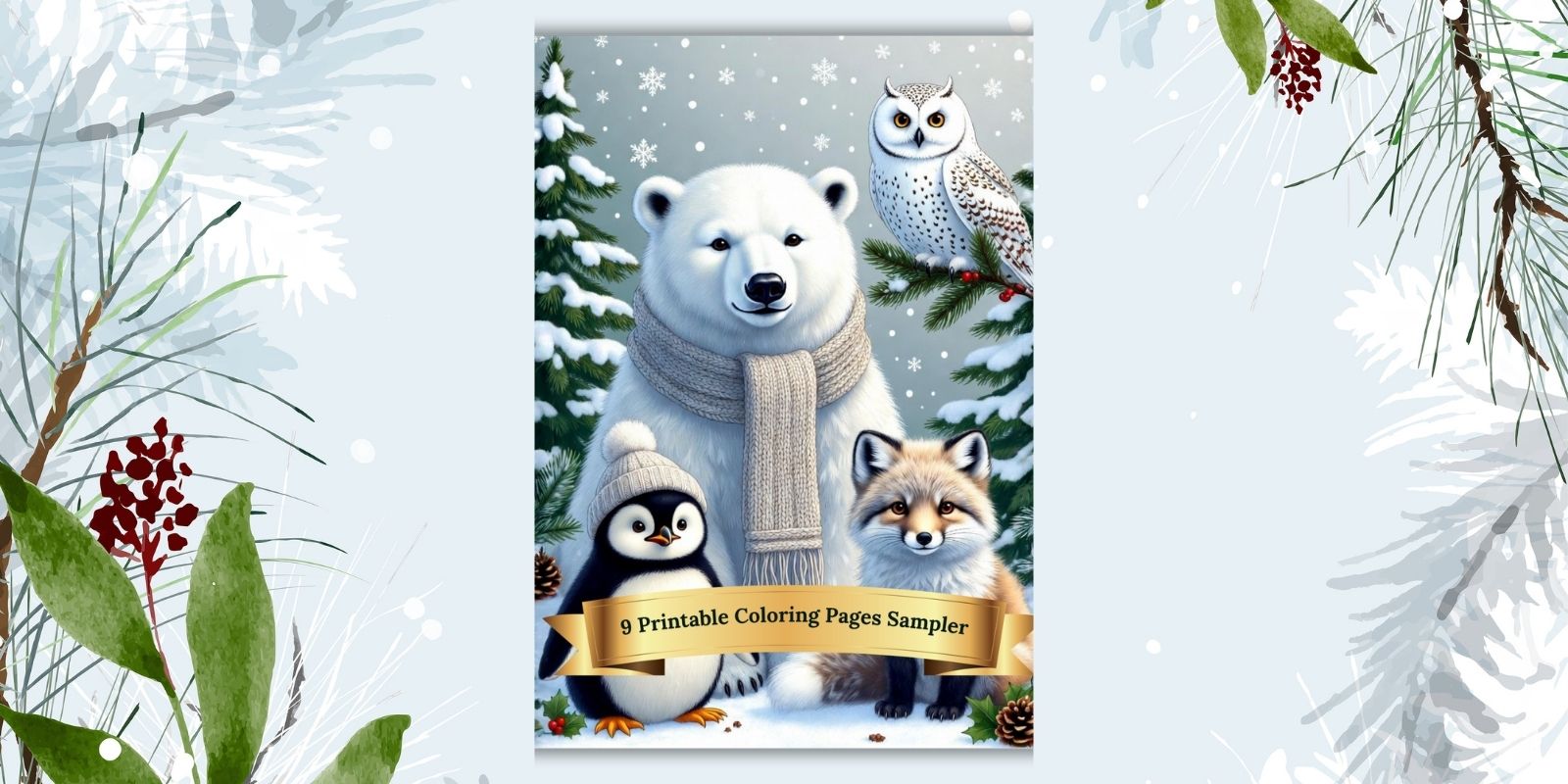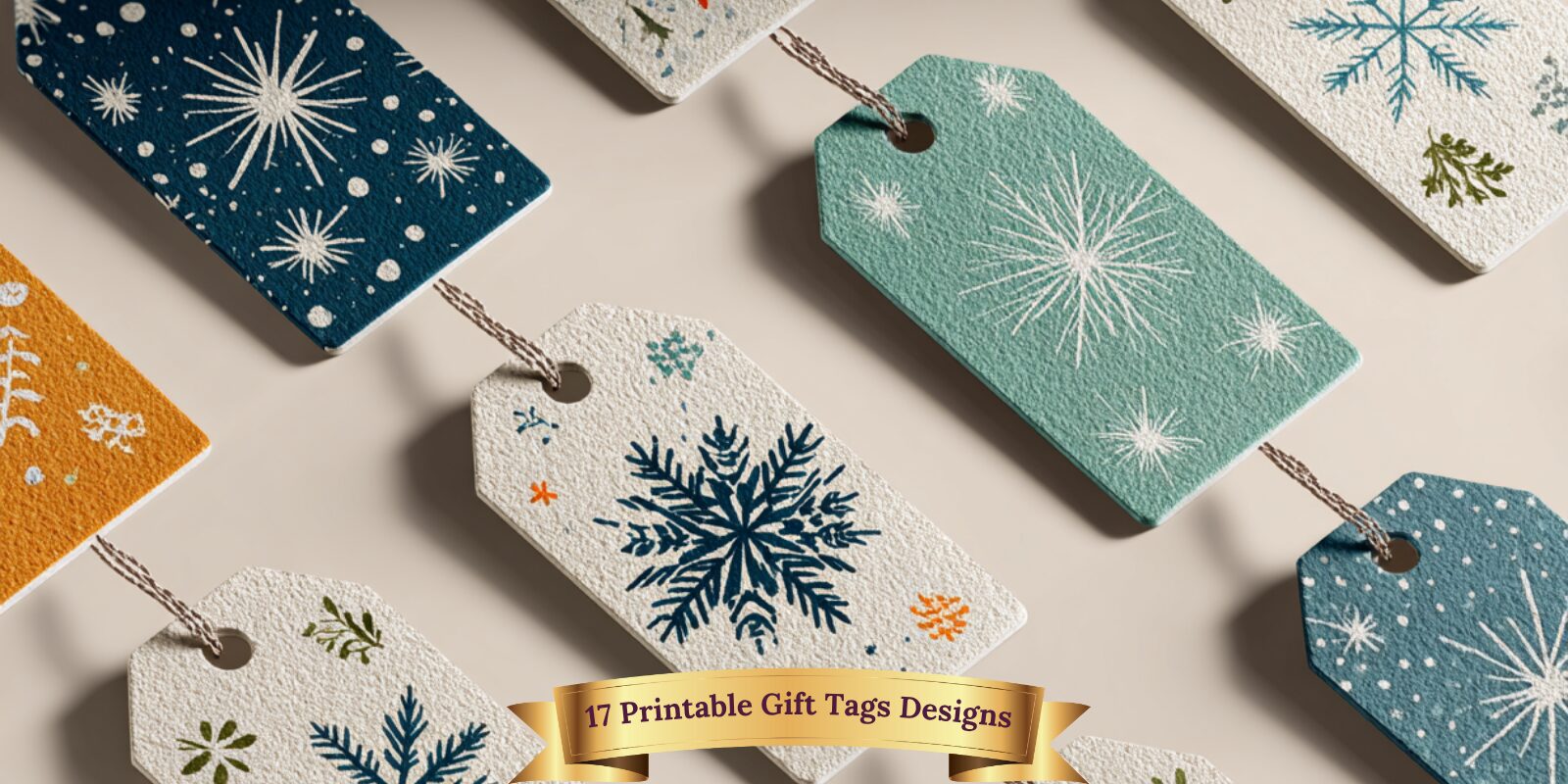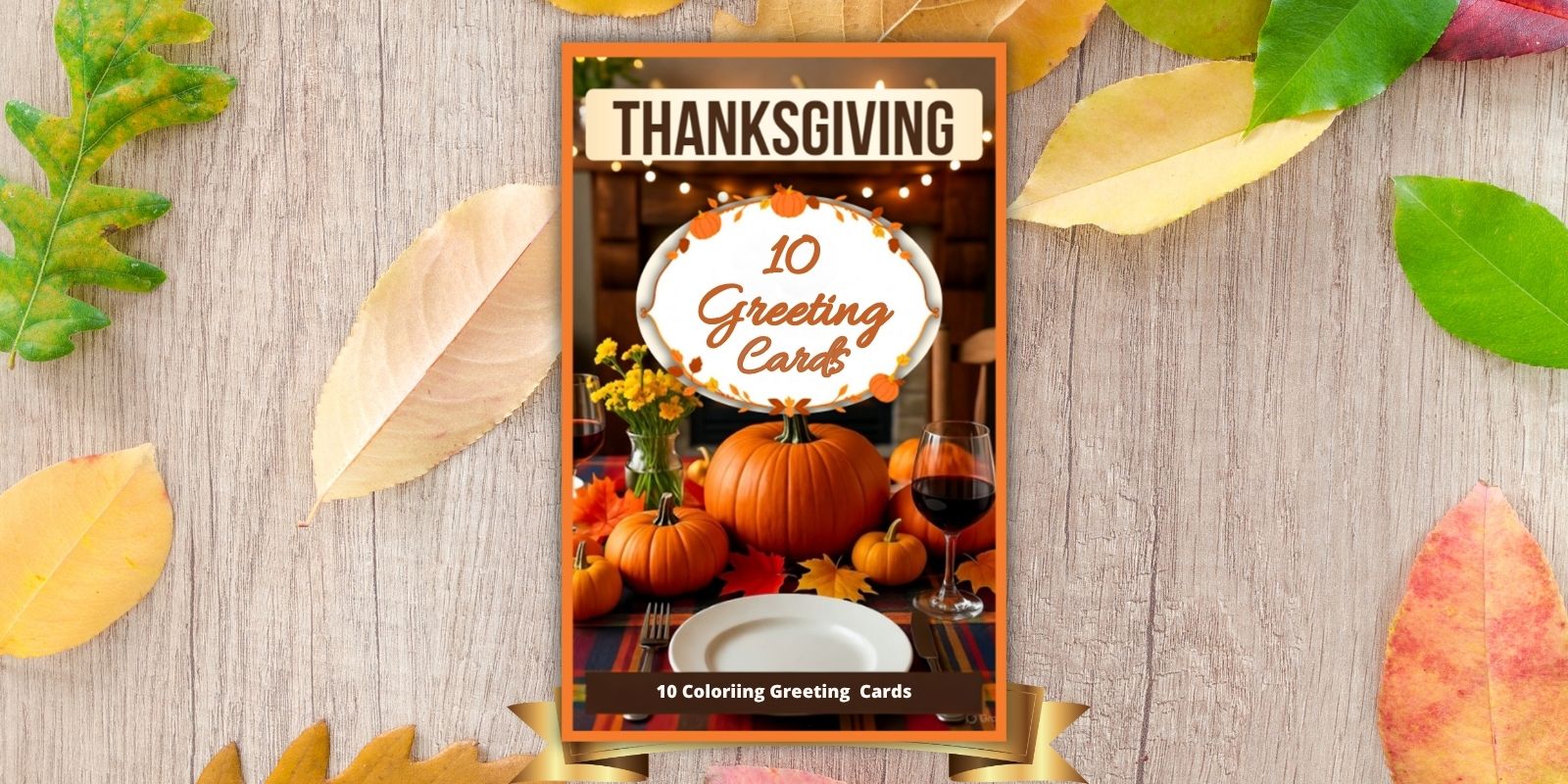Master Blending Techniques to Elevate Your Coloring Pages
The Complete Guide to Blending Drawing
Blending drawing is a game-changer for coloring enthusiasts. Whether you’re working on adult coloring books or children’s pages, mastering blending can turn flat, simple designs into vibrant, professional-looking artwork full of depth and dimension.
What is Blending Drawing?
Blending drawing smoothly transitions between colors or tones to create gradients, realistic shadows, and dimensional effects. It transforms simple line art into sophisticated, eye-catching designs. This technique seamlessly merges adjacent colors or values to eliminate harsh lines and create natural-looking transitions that mimic how light and shadow interact in the real world.
Essential Tools for Blending Drawing
- Colored Pencils: Prismacolor Premier and Faber-Castell Polychromos blend beautifully due to their wax and oil-based formulations.
- Blending Stumps & Tortillons: These paper tools are perfect for smooth transitions without adding extra pigment. They pick up existing color and redistribute it evenly.
- Markers & Alcohol-Based Inks: Copic markers and similar brands merge colors naturally while the ink is still wet.
- Digital Tools: Procreate and Adobe Illustrator offer advanced blending with custom brushes and layers, allowing unlimited experimentation.
- Blending Pencils: Colorless pencils specifically designed for burnishing and smoothing colored pencil applications.
- Solvents: Odorless mineral spirits, rubbing alcohol, or commercial blending solutions for wet blending techniques.
Top Blending Drawing Techniques
- Layering: Build colors gradually from light to dark using circular motions. Start with light pressure and gradually increase intensity for smooth transitions.
- Burnishing: Press firmly with a light pencil or colorless blender for smooth, painted results. This technique fills the paper’s tooth.
- Solvent Blending: Use mineral spirits or blending solutions for watercolor-like effects. Apply solvent with a brush or cotton swab to dissolve and blend pigments.
- Cross-Hatching: Layer colors in different directions, then blend for unique textures. This creates depth while maintaining some visible stroke patterns.
- Feathering: Use light, overlapping strokes to create soft transitions. This technique is perfect for clouds, fur, or delicate fabric textures.
- Stippling and Blending: Create texture through dots of varying colors, then lightly blend for unique surface effects.
Advanced Coloring Tips
- Skin Tones: Blend peach, pink, brown, and yellow for realistic faces. Add purple or blue undertones in shadow areas for more sophisticated results.
- Landscapes: Transition blues to whites for skies; greens to browns for foliage. Consider the atmospheric perspective by making distant elements lighter and less saturated.
- Textures: Use circular blending for smooth surfaces or directional strokes for wood grain, hair, or fabric. Match your blending direction to the natural flow of your subject.
- Lighting Effects: Create dramatic lighting by blending from your lightest highlight color to deep shadows, leaving some areas unblended for contrast.
Color Theory for Better Blending Drawing
Understanding color relationships enhances blending success. Complementary colors create vibrant transitions, while analogous colors blend more naturally. Warm colors advance while cool colors recede, helping create depth in your artwork.
Avoid Common Mistakes
- Over-blending can muddy colors and eliminate significant contrasts
- Inconsistent pressure reduces smoothness and creates patchy results
- Rough paper makes blending harder—choose smooth or medium-tooth paper
- Rushing leads to uneven results—take time between layers
- Blending incompatible media can cause smearing or poor adhesion
- Neglecting to test colors first often results in unexpected muddy mixtures
Choosing the Right Coloring Pages
Look for pages with:
- Large open areas perfect for practicing gradient techniques
- Curved, organic shapes that showcase smooth transitions naturally
- Detailed backgrounds offering multiple blending opportunities
- Faces or characters needing smooth, realistic skin tones
- Nature scenes with skies, water, or foliage requiring natural color flows
Practice Exercises
Start with simple gradient strips using two colors, then progress to three-color blends. Practice on scrap paper before applying techniques to finished artwork. Create a personal reference sheet of successful color combinations for future projects.
Try these blending drawing techniques on our floral coloring pages


Traditional blending drawing vs. Digital Blending
Traditional: Hands-on, portable, natural color mixing
Digital: Unlimited colors, layer-based blending, easy corrections, shareable results
Build Your Skills
Start simple—practice smooth gradients and color combinations. Follow tutorials, join online coloring communities, and study professional artists’ techniques.
Final Thoughts
Blending drawing can transform coloring from a relaxing hobby into stunning, professional-quality artwork. With patience and practice, your coloring pages will gain the depth, dimension, and polish to make your creations stand out.
🎁 Get 8 Free Coloring Pages Instantly!
Join our creative community for exclusive freebies, early access to new designs, and special discounts.
✨ No spam. Unsubscribe anytime.







